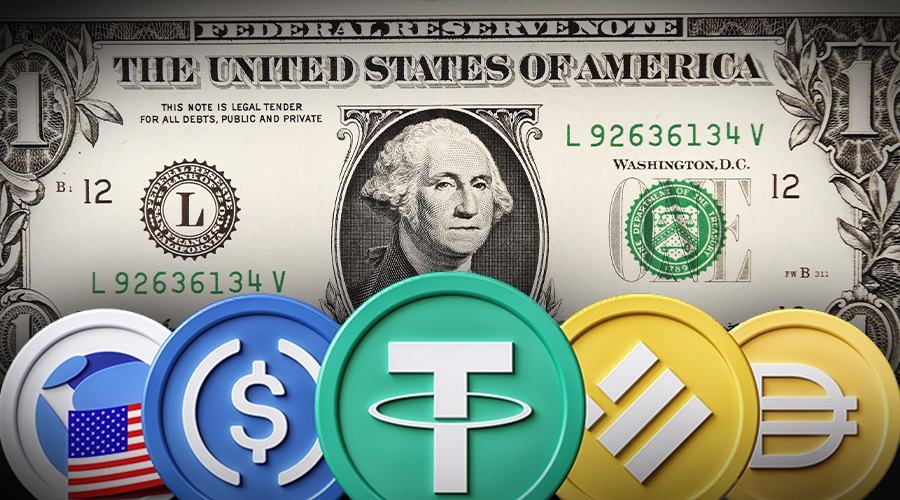Stablecoins,
which have their value pegged to a stable asset such as a fiat currency or a
commodity, have emerged as a popular alternative to volatile cryptocurrencies.
Stablecoins are becoming increasingly popular in developed markets, with many
businesses and individuals utilizing them for daily transactions.
Their adoption
rates in emerging markets, on the other hand, have been even more impressive,
opening up new avenues for financial inclusion and economic growth.
What is the
Appeal of Stablecoins in Emerging Markets?
High inflation
rates, currency volatility, and limited access to traditional financial
services are common characteristics of emerging markets. Stablecoins, which
provide a stable store of value and can be easily exchanged for other
currencies or assets, provide a solution to many of these issues.
They also
provide a low-cost alternative to traditional remittance services, allowing
people to send money across borders without paying the high fees that
traditional providers charge.
Furthermore,
stablecoins provide a way to circumvent strict capital controls and other
financial transaction restrictions that are common in many emerging markets.
Individuals and businesses can use stablecoins to transact globally without the
need for a bank account or other intermediaries, allowing for greater financial
freedom and flexibility.
Adoption of
Stablecoins in Emerging Markets
Stablecoins are
gaining popularity in several emerging markets, including Latin America,
Africa, and Southeast Asia. In Latin America, for example, the use of
stablecoins is rapidly expanding in countries such as Brazil, Colombia, and
Venezuela, where high inflation rates and currency depreciation have made
stablecoins an appealing alternative to traditional currencies.
Stablecoins are
becoming increasingly popular in Africa, particularly in Nigeria, where strict
capital controls and limited access to traditional financial services have
created a demand for low-cost and accessible payment solutions.
They have also
been used to facilitate cross-border transactions among African countries,
allowing for greater economic integration and growth.
Stablecoins
have been adopted as a means of payment and remittance in Southeast Asia by
both businesses and individuals. Stablecoins have been used in countries such
as the Philippines to facilitate low-cost remittances from overseas workers,
who frequently face high fees and long processing times when using…
























